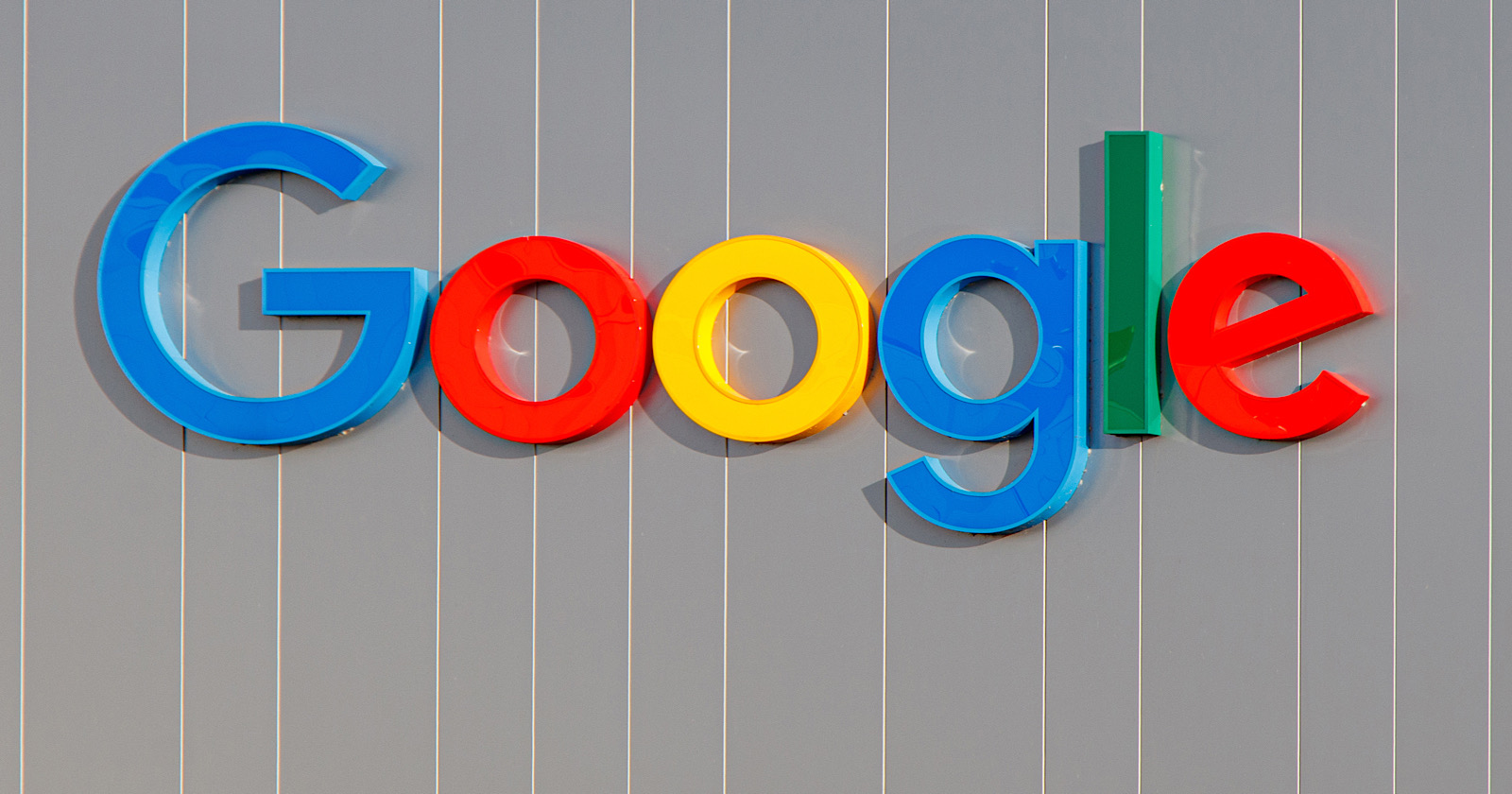Google is making a change to its ‘top stories’ section in search results by removing AMP as one of the requirements for getting featured.
The ‘top stories’ section appears at the top of Google’s search results when searching for a trending news story.
Since 2016, Google has only included AMP pages in that section. Soon that will no longer be the case.
AMP No Longer Required For Top Stories
Google made a major announcement today about an upcoming change to ranking signals.
That change is rolling out next year, at which time Google will also be adjusting the eligibility requirements for its ‘top stories’ section.
In addition, Google will be incorporating the newly announced page experience signal into its ranking criteria for top stories.
“As part of this update, we’ll also incorporate the page experience metrics into our ranking criteria for the Top Stories feature in Search on mobile, and remove the AMP requirement from Top Stories eligibility.”
See more here: Google’s Core Web Vitals to Become Ranking Signals
Google Still Supports AMP
Removing AMP as an eligibility requirement for top stories is not an indication that Google is any less committed to supporting AMP.
Google notes that it will continue support AMP after this change rolls out, and will continue to link to AMP pages when available.
The top stories section can still include AMP pages, but it won’t only include AMP pages.
Related: Google’s Best Practices for the URL Structure of AMP Pages
Is This Change Already Rolling Out?
Google may already be testing the waters with including more than AMP pages in the top stories section.
At Search Engine Journal we’ve noticed our non-AMP articles routinely appear in the top stories section.
Here’s an example of a regular web page in the top stories section. You can tell it’s non-AMP because it doesn’t have the lightning bolt icon.

So it’s interesting to hear this is an upcoming change to top stories, as it feels like the change has already rolled out to some extent.
Google is always testing things though, so maybe that’s what we’ve been seeing lately.
There are some limitations to not using AMP, however.
As you can see in the example above, Google only displayed the title for our page, while the AMP pages have a large image and their favicon displayed.
It’s not yet known how non-AMP pages will look in top stories when this update officially rolls out. Hopefully Google makes things more uniform by then.
Source: Google Webmaster Central Blog





![[SEO, PPC & Attribution] Unlocking The Power Of Offline Marketing In A Digital World](https://www.searchenginejournal.com/wp-content/uploads/2025/03/sidebar1x-534.png)